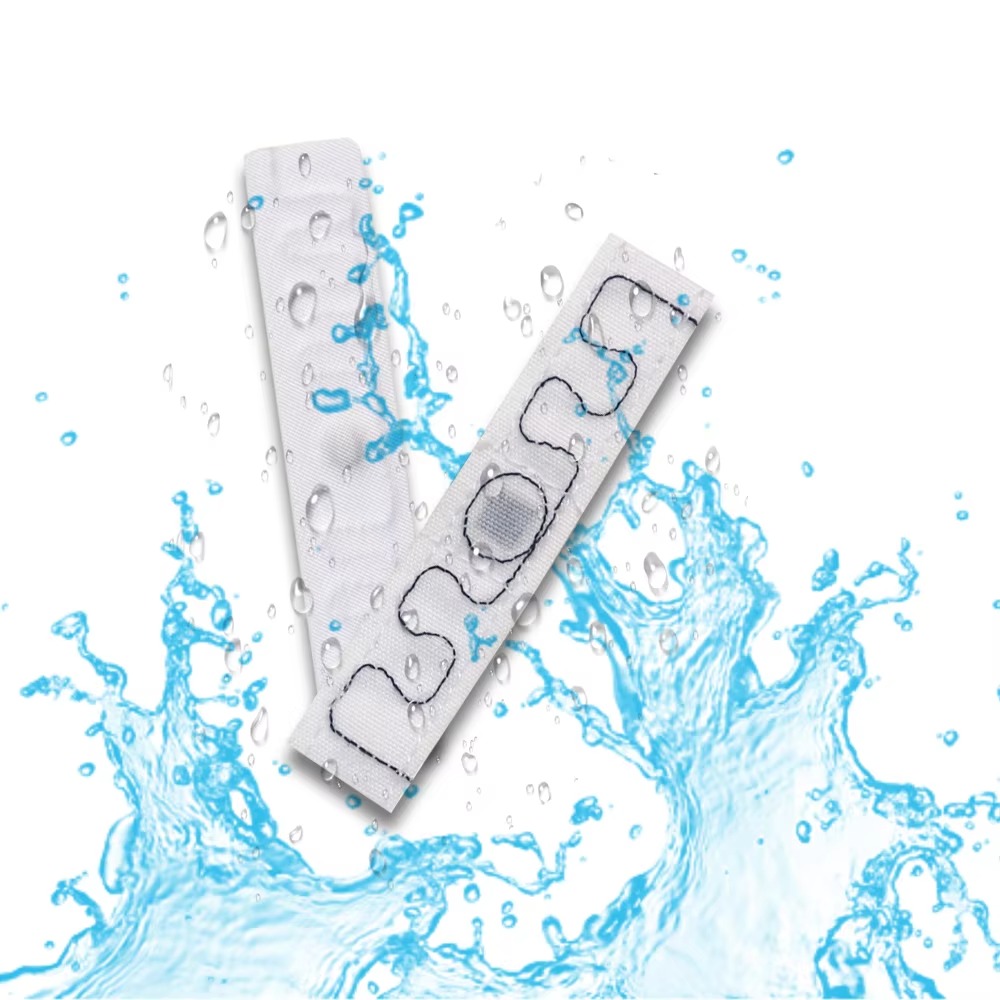RFID (Radio Frequency Identification) tags are revolutionizing the clothing industry by enhancing efficiency, security, and customer experience. These tiny devices, embedded in garments, store crucial information that can streamline inventory management and improve the shopping experience. This article explores the various uses of RFID tags in clothing, making it essential reading for retailers, consumers, and anyone interested in the intersection of technology and fashion.
1. What is RFID Technology?
RFID technology uses electromagnetic fields to automatically identify and track tags attached to objects. In the clothing industry, RFID tags are small chips embedded in garments that store unique identification codes. This technology allows for efficient tracking and management of inventory, making it a game-changer for retailers.
Understanding RFID technology is essential for businesses looking to modernize their operations. By leveraging this technology, retailers can gain insights into their inventory and enhance their overall efficiency.
2. How Do RFID Tags Work in Clothing?
RFID tags work by using radio waves to communicate with RFID readers. Each tag contains a unique ID code that can be scanned from a distance. This means that multiple items can be scanned simultaneously, significantly speeding up the inventory process.
When a customer purchases an item, the RFID tag can be scanned at the checkout, providing instant access to information such as price and stock levels. This seamless interaction enhances the shopping experience and simplifies transaction processes.
3. What Information Can RFID Tags Store?
RFID tags can store a variety of information, including:
- Production Date: Helps retailers track the age of inventory.
- Material Composition: Provides customers with details about fabric types.
- Size and Color: Assists in ensuring customers find the right fit.
- Price Information: Allows for quick access to pricing details.
The large storage capacity of RFID tags ensures that all relevant information is readily available, enhancing both retailer operations and consumer transparency.
4. How Do RFID Tags Improve Inventory Management?
Manual inventory management can be time-consuming and prone to errors. RFID technology automates this process, allowing retailers to perform stock counts quickly and accurately. With RFID readers, staff can scan entire racks of clothing in seconds, drastically reducing the time spent on inventory tasks.
This accuracy leads to better stock control, helping retailers avoid stockouts and overstock situations. By improving inventory management, businesses can enhance their operational efficiency and customer satisfaction.
5. What Benefits Do RFID Tags Offer to Retailers?
Retailers benefit from RFID tags in several ways:
- Increased Efficiency: Automated inventory processes save time and reduce labor costs.
- Better Stock Visibility: Real-time tracking of inventory helps retailers make informed decisions.
- Enhanced Loss Prevention: RFID tags can alert staff to potential theft, improving security.
These benefits culminate in a more streamlined operation, allowing retailers to focus on providing a better shopping experience for customers.
6. How Do RFID Tags Enhance the Customer Experience?
RFID tags improve the customer experience by providing quick access to product information. Customers can easily check the size, material, and price of garments using RFID readers in-store. This transparency fosters trust and helps customers make informed purchasing decisions.
Additionally, RFID technology enables self-checkout options, reducing wait times and enhancing convenience. The overall shopping experience becomes more efficient and enjoyable for consumers.
7. Are There Security Benefits of Using RFID Tags?
Yes, RFID tags offer significant security benefits. They can help prevent theft by alerting store staff if an unsold item passes through the exit without being scanned. This feature is crucial in reducing losses and improving overall store security.
Moreover, the unique identification codes on RFID tags make it difficult for counterfeit products to enter the market, ensuring that customers receive genuine items.
8. What Challenges Come with Implementing RFID Technology?
While RFID technology offers numerous advantages, there are challenges to consider:
- Cost of Implementation: The initial investment in RFID systems can be high, particularly for small businesses.
- Staff Training: Employees need to be trained to use RFID technology effectively.
- Integration with Existing Systems: Businesses may face challenges when integrating RFID with their current inventory management systems.
Addressing these challenges is essential for successful implementation and maximizing the benefits of RFID technology.
9. How is RFID Technology Changing the Fashion Supply Chain?
RFID technology is transforming the fashion supply chain by providing real-time data on inventory movement. This visibility allows for better coordination among suppliers, manufacturers, and retailers, leading to reduced lead times and improved responsiveness to market demands.
As a result, the entire supply chain becomes more efficient, reducing costs and enhancing customer satisfaction.
10. Conclusion: The Future of RFID in Clothing
In conclusion, RFID tags are revolutionizing the clothing industry by enhancing efficiency, accuracy, and customer experience. From manufacturing to retail, RFID technology provides valuable insights and improves operations. As the industry continues to evolve, embracing RFID technology will be crucial for businesses looking to stay competitive.



